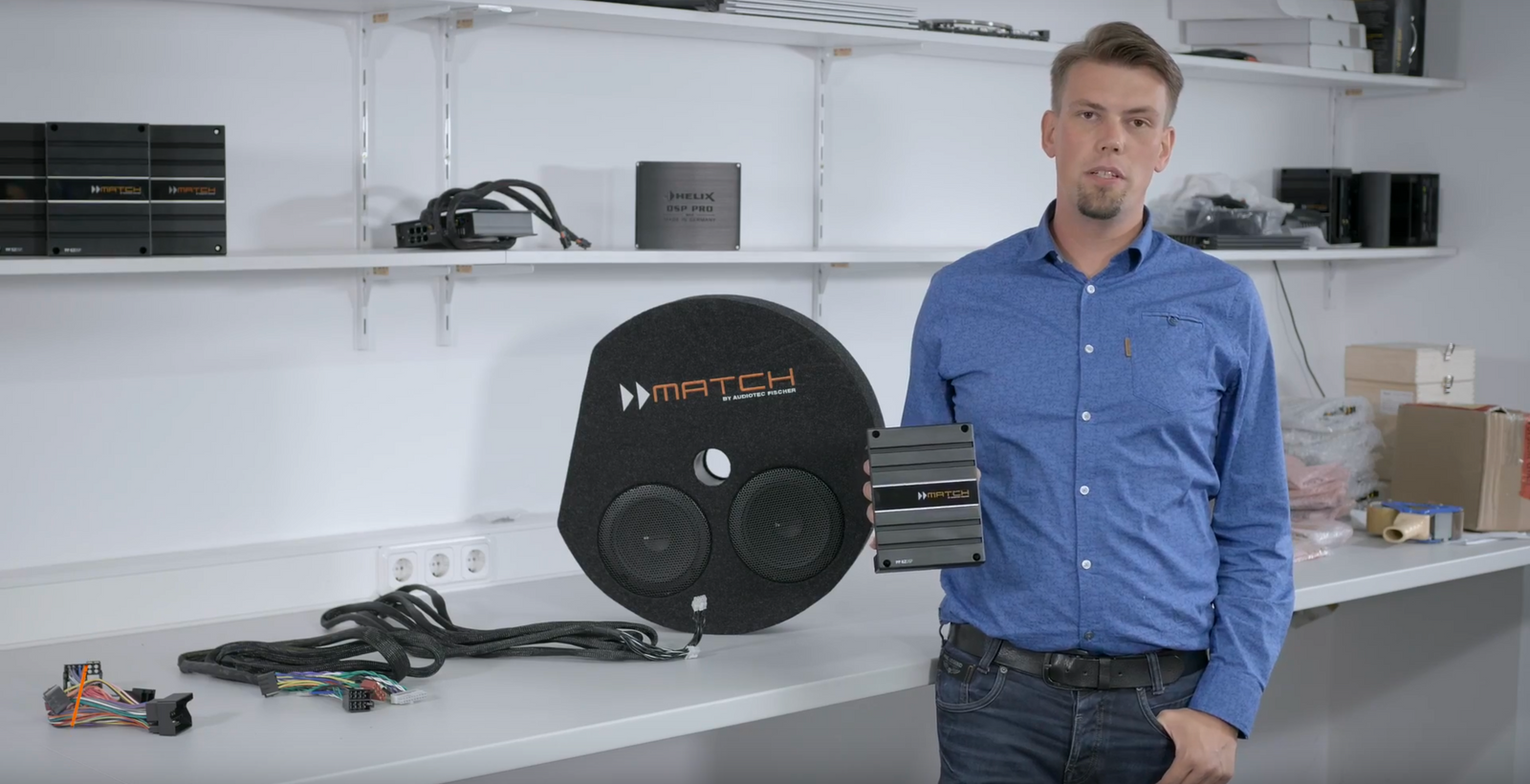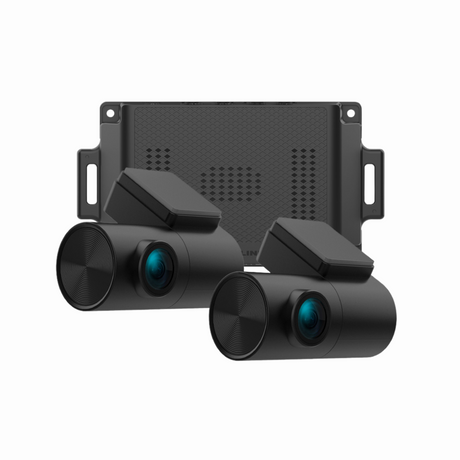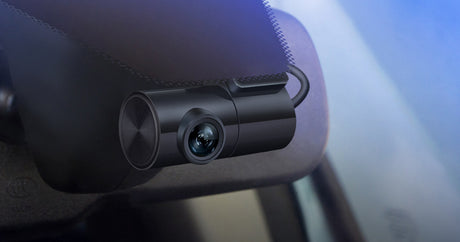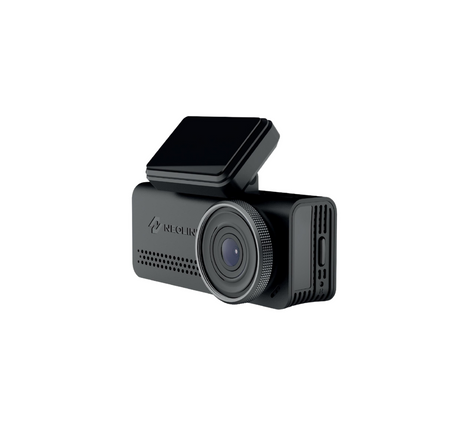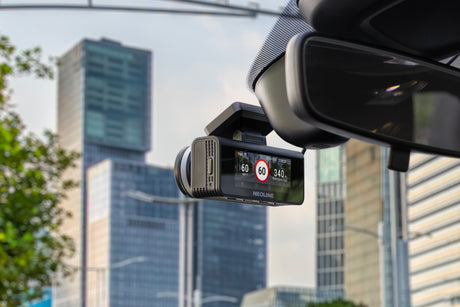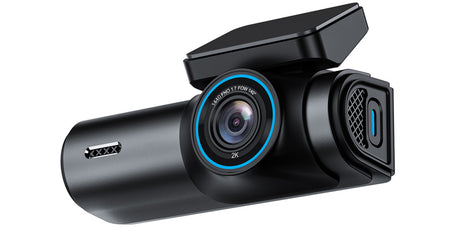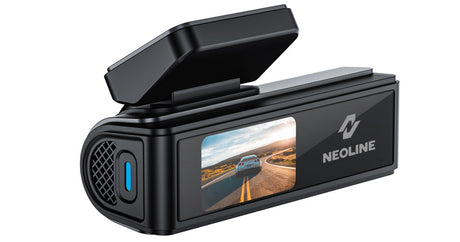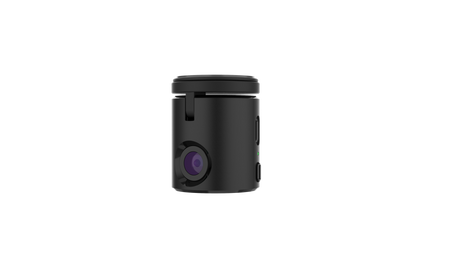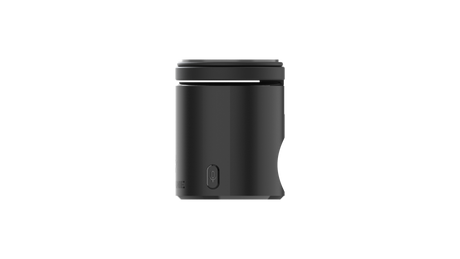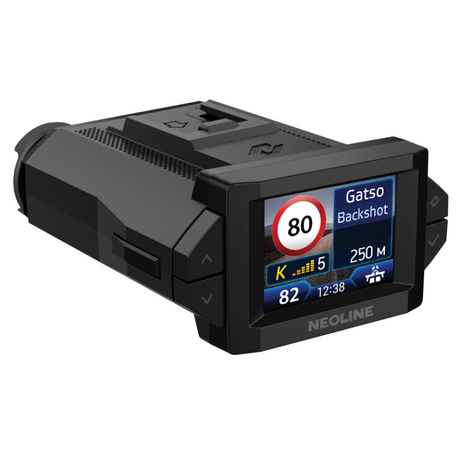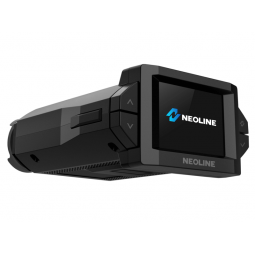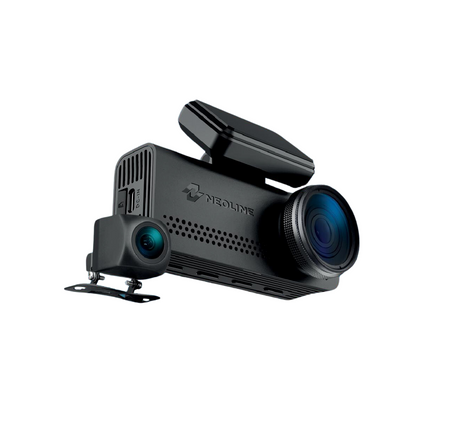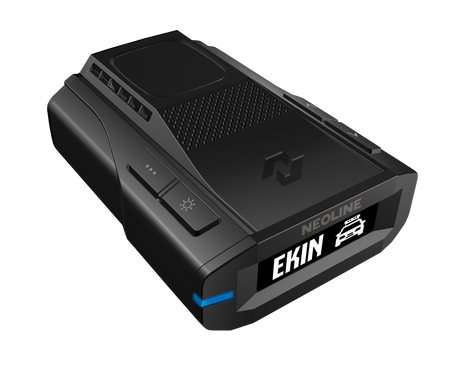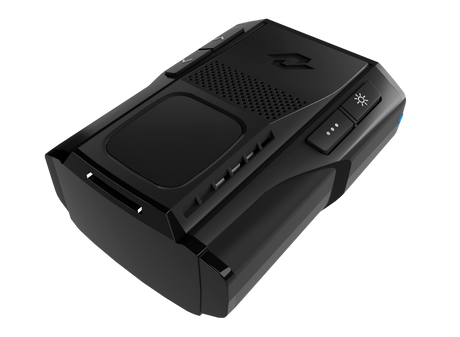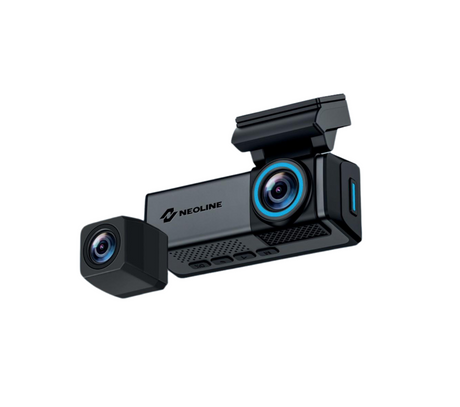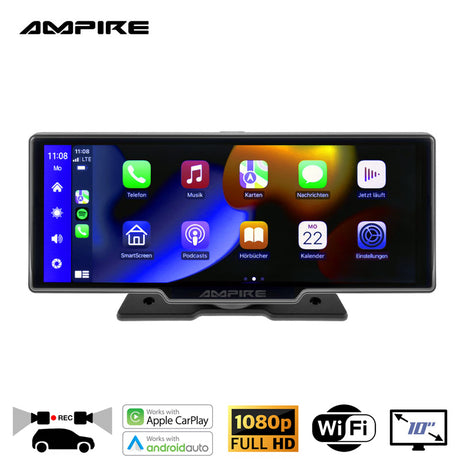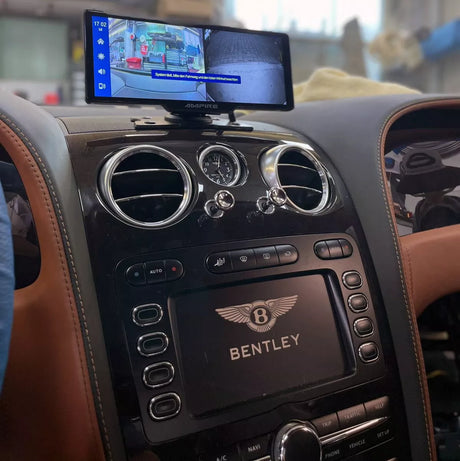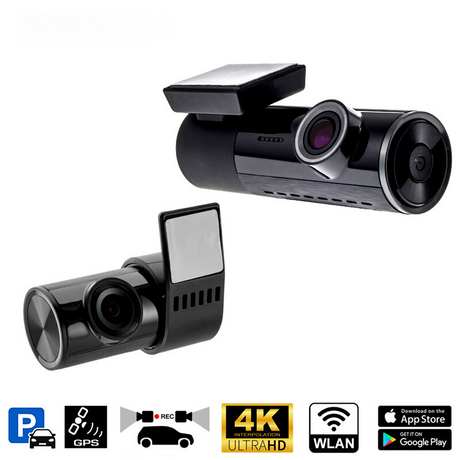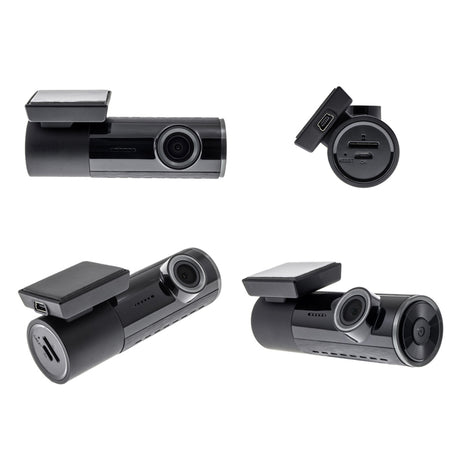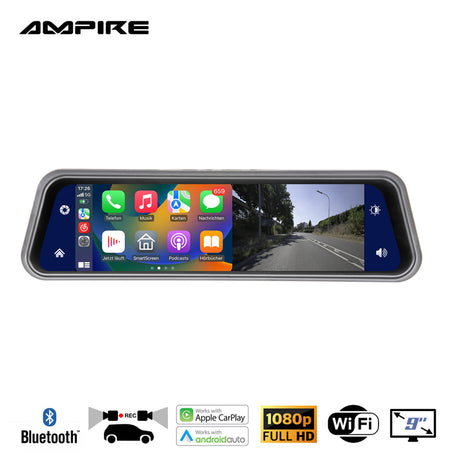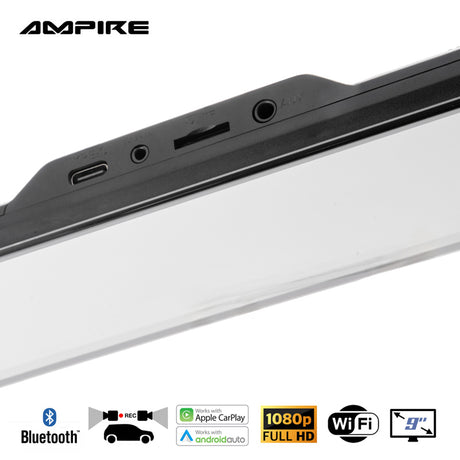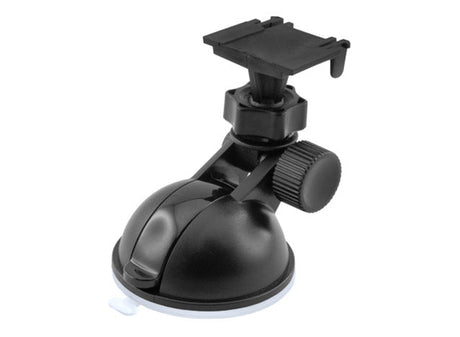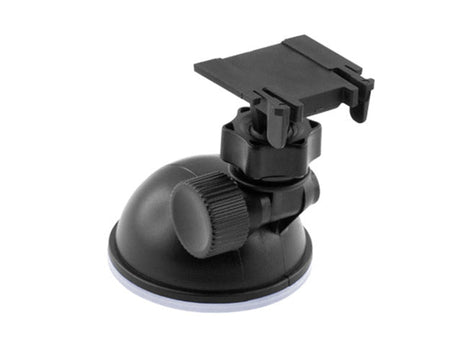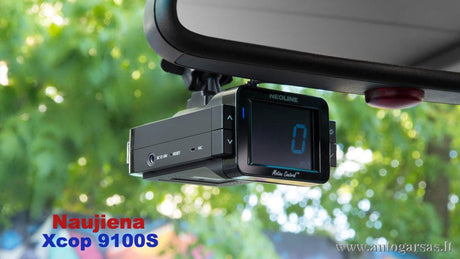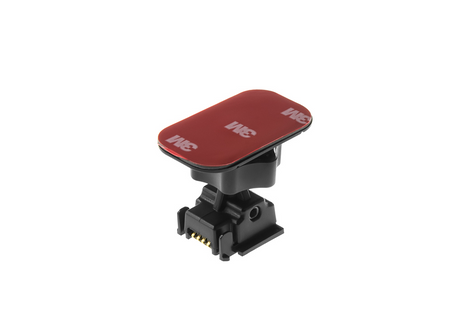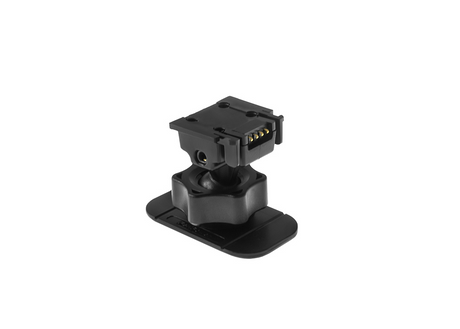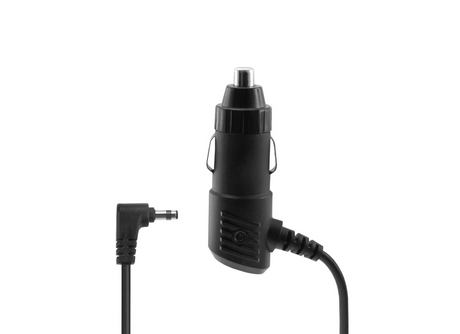Are you planning to invest in a car audio system? Now is a great time to learn why car amplifiers are such an important component of a sound system. We'll also discuss the main criteria when choosing an amplifier.
Purpose of car amplifiers
In short, car amplifiers amplify the audio input signal to any desired level. Therefore, we recommend purchasing an amplifier that will fully meet your needs and will be easily compatible with other components in your audio system.
The most important parameters when choosing a car amplifier
Most often, prospective buyers start choosing an amplifier based on one parameter “Watts” Watts (power), when in reality this number is only a fraction of the quality or powerful sound. You all probably remember when you passed by 2 cassette mags in the market that had the inscriptions 1000W PMPO on them, which did not correspond to reality at all and only caused a smile as Chinese manufacturers lured buyers. So the specialists of the car audio salon or service will always remind you that the higher the price of the amplifier, the more watts it will have, but the more dynamic and transparent the sound will be even with minimal power. And so you will hear the statement that "quality sound"This means: not a speaker, not an amplifier, not a multimedia or radio, but only a properly selected, properly installed and properly tuned sound system will meet this requirement."
First of all, attention should be paid to the amplifier number of channels.
1-channel “Monoblock”- Such amplifiers are usually used to amplify low-frequency speakers (subwoofers). This choice is usually the first step for young people to amplify their existing factory sound system, by adding a low-frequency speaker "subwoofer". It is not uncommon for such amplifiers to have an external volume control (a knob with an extended cord), which allows you to conveniently and separately control the subwoofer's sound level.
2-channel “Stereo”- such amplifiers are usually chosen by lovers of quality sound, if it is not the cheapest segment, usually They are class AB, with high-quality components inside. Often when designing such amplifiers, engineers strive to achieve a high-quality sound that resembles a luxury home audio system.
4 channels - this choice is a golden mean in terms of price and quality when improving the car audio system. 2 channels are used to strengthen the front acoustics and the other 2 channels in bridge mode for the subwoofer. This is what is needed for a truly high-quality and powerful sound with minimal costs.
DSP- This type of amplifier has the greatest adjustment and quality signal processing capabilities, adapting to the acoustic characteristics of any car interior and speakers. Tuning such an amplifier requires a lot of experience and understanding of how to make a real quality sound. But the end result when the singer sings not from the “left pedal under the car panel”, but on the middle of the car hood and nearby, even the smallest details of the recording are heard, does not leave anyone indifferent. Don't believe me, come to the Autogaras store-service and we'll let you listen to it. :)
SPL -(for high sound pressure) lovers. This super high-power amplifiers, including real 10000W watts is not the limit. Such amplifiers are most often used in SPL competitions. When choosing an amplifier of this level, it is important to remember that it will also require about 1000A amps (a standard larger battery can deliver an average of 500-600A amps for a short time!). And the power cables to such an amplifier need to be the thickness of a thumb.
Next important parameter – power. The rule here is- the more, the better. If you choose an amplifier with too low a power, you may not use all the capabilities of the speakers and at the same time increase the risk of burning the speakers, because a cheap and incompetent amplifier begins to distort the sound much earlier than the listener expects. Therefore, the power of the car amplifier should always be higher than the power of the speakers connected to it. By the way, the power reserve will not disappear anywhere. It can always be reduced by adjustment. You should also distinguish between maximum power and nominal. You should trust the nominal power, which is usually indicated on the packaging or in the instructions. Nominal power is the RMS power at which the speakers and amplifier can operate for an hour without distorting the supplied music signal.
Often the power figures indicated on the box or housing do not correspond to reality. This is the total maximum power of all channels. We do not recommend taking it into account.
You should also check that the amplifier power matches the power of the speakers. What can happen if you connect a low-power amplifier? Then the speakers can burn out, because the signal is likely to be distorted.
The amplifier is also important. class. The class depends on the efficiency of the output signal and the level of distortion. Generally speaking, the first class is A and B – these are analog amplifiers that are characterized by high amplification quality, but low efficiency and low power. Amplifiers of these classes are distinguished by good sound reproduction.
That's what I mean. D classes Car amplifiers are characterized by high efficiency and high power with minimal costs. However, it should be noted that music lovers believe that they sound worse than Class A, B amplifiers. Although this statement is after is fading a bit in the audio world, because even in home audio equipment, Class D amplifiers are making their way well into the list of elite amplifiers. For example, the NAD M10 model was awarded the Eisa award as the best smart amplifier of 2019-2020.
Why is minimum maintenance important? resistance? The standard minimum supported impedance of car amplifiers is 2 ohms, however, mono amplifiers often support 1 ohm impedance. Overloading (connecting too low) the declared impedance of the amplifier poses a great risk of burning the amplifier. It is important to know that increasing the load (decreasing the impedance) increases the power of the amplifier, but the musicality and dynamics of the sound system decrease.
HP LP and other filters
Also pay attention to the built-in amplifier filtersIf the amplifier or its channels are designed to power the front speakers, it is recommended to use HP filter (high pass), then the speakers will later start to vibrate and hold more power and high frequencies, the amplifier will only amplify high frequencies. If you connect a subwoofer, we recommend using a low-pass filter LP Low pass, which filters out timbres above the low frequency (optimal setting 80Hz). If you are planning an active component speaker system, you will need Band pass a filter that limits frequencies on both sides. Subsonic A type filter will be useful in subwoofer systems to protect the speaker from burning out or firing outside the declared speaker movement amplitude limits (which results in speaker failure).
Well, and a few last tips for those who are choosing and planning to purchase online, and install it yourself. Proper wiring is important to connect the amplifier. We recommend that you route the power cables with what away from cables and adapters that transmit audio signals.We also recommend that you store the amplifier in a place where it will get enough air to cool down. Otherwise, the car amplifier may overheat while playing and start to disconnect or even fail, to avoid this, forced cooling is required in such cases. Class D amplifiers heat up the least, because their efficiency is the highest.
If you plan to connect the amplifier to the factory system, you will most likely need you will need a High Low adapter. Read more about this High/Low adapters Car sound system.

